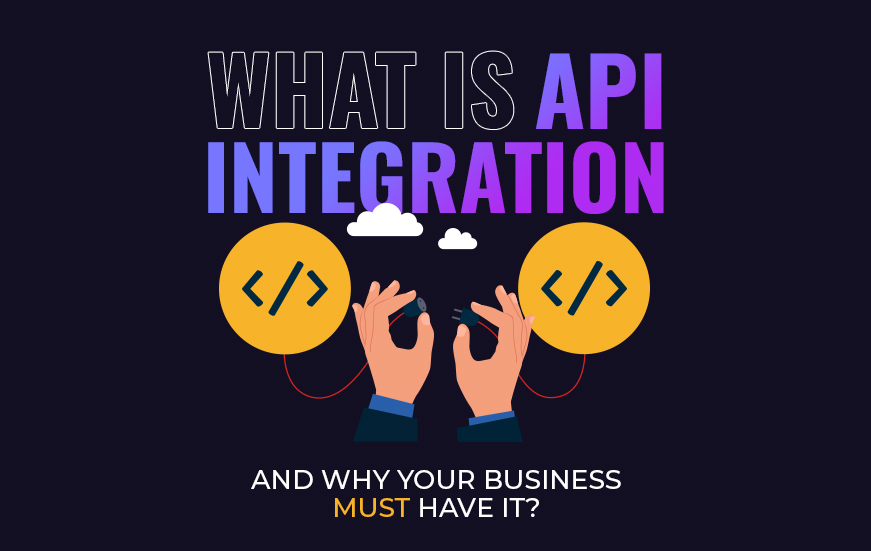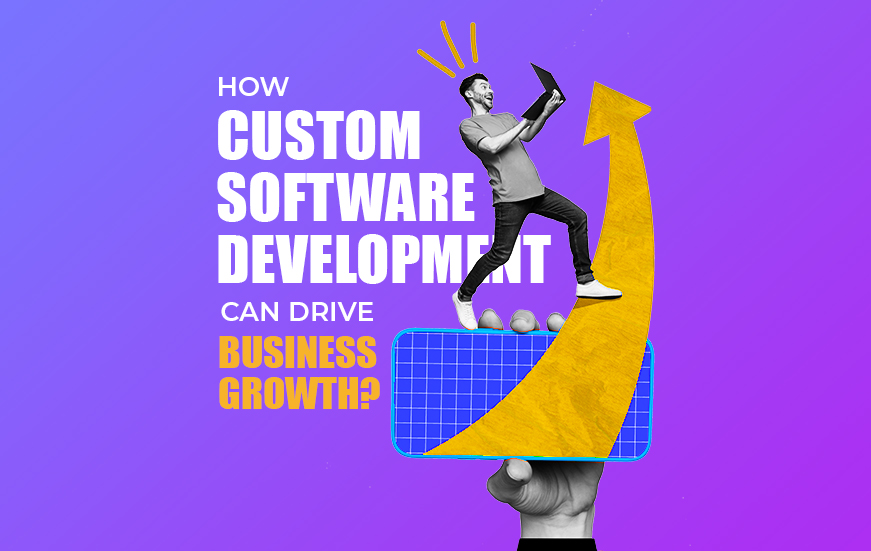Data-Driven Decisions Made Easy: Your Complete Guide to Analytics Excellence
In today’s rapidly evolving business landscape, the difference between thriving organisations and struggling ones often comes down to one crucial factor: how effectively they harness their data. As Peter Sondergaard from Gartner aptly noted, “Information is the oil of the 21st century, and analytics is the combustion engine.” This transformation from gut-feeling decisions to evidence-based strategies isn’t just a trend—it’s become essential for survival.
At Communication Crafts, we’ve witnessed this shift firsthand through our 20 years of digital transformation experience. Having engineered 350+ digital products that power global enterprises, we understand that data-driven decision making isn’t just about collecting information—it’s about transforming raw data into actionable insights that drive real business value.
Understanding the Data Analytics Ecosystem
The modern data analytics ecosystem comprises three fundamental pillars: data science, business intelligence, and machine learning. Each component serves a unique purpose in transforming your organisation into a data-driven powerhouse.
Data science forms the foundation, focusing on extracting meaningful patterns from complex datasets. Business intelligence translates these patterns into actionable business insights, whilst machine learning enables predictive capabilities that help you stay ahead of market trends.
According to recent industry research, organisations that embrace data-driven decision making are 5 times more likely to make faster decisions than their competitors. More impressively, these companies report being 6 times more likely to retain customers and achieve profitability gains.
“The goal is to turn data into information, and information into insight.” – Carly Fiorina, former CEO of Hewlett-Packard
Small Business Analytics: Getting Started Without Breaking the Bank
Many small business owners assume that sophisticated analytics require enormous budgets. That’s simply not true. The key lies in choosing solutions that scale with your needs whilst delivering immediate value.
For startups and small enterprises, we recommend beginning with these foundational elements:
- Customer analytics: Understanding purchasing patterns and behaviour trends
- Financial performance tracking: Real-time revenue and cost analysis
- Operational efficiency metrics: Identifying bottlenecks and improvement opportunities
- Marketing attribution: Measuring which channels drive genuine results
Cost-effective solutions typically range from £500 to £5,000 monthly for small businesses, depending on data complexity and required features. The ROI often becomes apparent within 3-6 months, with businesses reporting average productivity increases of 15-20%.
Enterprise-Level Analytics: Scaling for Global Impact
Enterprise analytics represent a different beast entirely. When you’re dealing with multiple data sources, international operations, and complex regulatory requirements, your approach must be both sophisticated and robust.
Enterprise solutions focus on:
- Integrated data ecosystems: Connecting disparate systems into unified analytics platforms
- Advanced predictive modelling: Forecasting market trends and customer behaviour
- Automated decision workflows: Reducing manual intervention whilst maintaining control
- Compliance-first architecture: Meeting ISO 27001:2022 and industry-specific regulations
Statistics show that enterprises leveraging advanced analytics achieve average revenue increases of 8-13% within the first year of implementation. Your goals, our expertise, one transformative journey—this partnership approach ensures solutions align perfectly with strategic objectives.
Industry-Specific Analytics Solutions
Retail and E-commerce Analytics
Retail analytics have evolved far beyond simple sales tracking. Modern predictive analytics help retailers anticipate demand, optimise inventory levels, and personalise customer experiences at scale.
Key retail applications include:
- Demand forecasting: Reducing stockouts by up to 50%
- Price optimisation: Dynamic pricing strategies that increase margins
- Customer lifetime value prediction: Identifying your most valuable segments
- Supply chain optimisation: Minimising costs whilst improving delivery times
Healthcare Data Analytics
Healthcare analytics require exceptional attention to data security and regulatory compliance. Solutions must balance innovation with patient privacy, delivering insights that improve outcomes whilst protecting sensitive information.
Healthcare applications span:
- Predictive health monitoring: Early intervention strategies
- Resource allocation optimisation: Improving hospital efficiency
- Treatment outcome analysis: Evidence-based medical decisions
- Pharmaceutical research acceleration: Drug discovery and development insights
Financial Services Analytics
Financial analytics combine risk management with opportunity identification. Compliance remains paramount, with solutions designed to meet stringent regulatory requirements whilst delivering competitive advantages.
Financial applications include:
- Risk assessment and mitigation: Real-time fraud detection
- Credit scoring enhancement: More accurate lending decisions
- Regulatory reporting automation: Streamlined compliance processes
- Customer segmentation: Personalised financial products
Advanced Analytics Techniques and Machine Learning Applications
Machine learning transforms static analysis into dynamic, learning systems that improve over time. These applications represent the cutting edge of business analytics.
Advanced techniques include:
- Natural language processing: Extracting insights from unstructured text data
- Computer vision: Automated image and video analysis
- Deep learning models: Complex pattern recognition across massive datasets
- Reinforcement learning: Optimising decision-making processes through trial and experience
Research indicates that organisations implementing machine learning see productivity improvements of 40-60% in analytics-dependent processes. As Geoffrey Hinton observed, “The future belongs to companies and people that turn data into products.”
Cloud vs On-Premise: Choosing Your Data Infrastructure
Infrastructure decisions significantly impact both costs and capabilities. Cloud-based solutions offer scalability and reduced upfront investment, whilst on-premise deployments provide maximum control and security.
| Factor | Cloud-Based | On-Premise |
|---|---|---|
| Initial Investment | Lower (£1,000-£10,000) | Higher (£50,000-£500,000) |
| Scalability | Excellent | Limited by hardware |
| Security Control | Shared responsibility | Full control |
| Maintenance | Provider managed | Internal team required |
| Compliance | Provider dependent | Full customisation |
We typically recommend cloud-based solutions for most organisations, particularly those prioritising rapid deployment and cost efficiency. However, highly regulated industries often benefit from hybrid approaches that combine cloud flexibility with on-premise control.
Overcoming Common Implementation Challenges
Even the best analytics strategies face implementation hurdles. Recognising and preparing for these challenges significantly improves success rates.
Common obstacles include:
- Data quality issues: Inconsistent or incomplete datasets undermining analysis accuracy
- Organisational resistance: Teams hesitant to embrace new decision-making processes
- Skills gaps: Lack of internal expertise to manage sophisticated analytics tools
- Integration complexity: Connecting diverse systems and data sources
- Privacy and compliance concerns: Balancing insights with regulatory requirements
Our approach addresses these challenges through comprehensive change management, staff training, and phased implementation strategies. Compliance and innovation, built in by design, ensures your analytics journey succeeds from day one.
Visualisation and Reporting Excellence
Even the most sophisticated analysis means nothing if stakeholders can’t understand and act upon the insights. Effective data visualisation transforms complex findings into clear, actionable intelligence.
Modern visualisation platforms offer:
- Interactive dashboards: Real-time exploration of key metrics
- Automated reporting: Scheduled delivery of critical insights
- Mobile optimisation: Access to data anywhere, anytime
- Collaborative features: Team-based analysis and decision-making
Power BI, Tableau, and custom-built solutions each offer unique advantages. The choice depends on technical requirements, budget constraints, and user preferences. Investment typically ranges from £10-£50 per user monthly for standard platforms, with custom solutions scaling based on complexity.
Selecting Your Analytics Partner
Choosing the right analytics partner can make or break your data transformation journey. Look beyond impressive portfolios to find genuine collaborative partners who understand your industry and challenges.
Essential evaluation criteria include:
- Industry expertise: Deep understanding of your sector’s specific requirements
- Technical capabilities: Proven experience with relevant technologies and platforms
- Security credentials: ISO 27001:2022 certification and robust data protection practices
- Partnership approach: Collaborative methodology rather than vendor-client relationships
- Scalability focus: Solutions designed to grow with your organisation
We’ve engineered 350+ digital products across diverse industries, giving us unique insights into what works—and what doesn’t—in real-world implementations.
Understanding Costs and Measuring ROI
Analytics investments vary dramatically based on scope, complexity, and industry requirements. Understanding typical cost structures helps budget effectively and set realistic expectations.
Typical pricing models include:
- Subscription-based: Monthly fees ranging from £100-£10,000+ depending on features and users
- Project-based: Fixed costs for specific implementations, typically £10,000-£500,000
- Outcome-based: Performance-linked pricing tied to achieved business results
- Hybrid models: Combinations of upfront investment and ongoing support fees
ROI measurement should encompass both quantitative and qualitative benefits. Direct financial impacts include increased revenue, reduced costs, and improved efficiency. Indirect benefits span enhanced decision-making speed, improved customer satisfaction, and competitive advantage maintenance.
“Without big data analytics, companies are blind and deaf, wandering out onto the web like deer on a freeway.” – Geoffrey Moore, author and consultant
Future-Proofing Your Analytics Strategy
The analytics landscape evolves rapidly, with new technologies and methodologies emerging constantly. Future-ready strategies anticipate these changes whilst building upon solid foundations.
Key trends shaping the future include:
- Artificial intelligence integration: AI-driven insights becoming standard across all analytics applications
- Real-time analytics: Instant decision-making capabilities replacing batch processing
- Edge computing: Processing data closer to its source for improved speed and security
- Automated machine learning: Democratising advanced analytics across all skill levels
- Privacy-preserving analytics: Maintaining insights whilst protecting individual privacy
Stay ahead with future-proof solutions that embrace emerging technologies whilst maintaining core analytical rigour. Research suggests that organisations with forward-looking analytics strategies achieve 25% higher growth rates than reactive competitors.
Your Data Transformation Journey Starts Here
Data-driven decision making isn’t a destination—it’s an ongoing journey of continuous improvement and adaptation. The organisations that thrive are those that embrace this journey with clear vision, robust infrastructure, and trusted partners.
Success requires balancing technical excellence with practical business needs. Your analytics strategy should align with broader organisational goals whilst remaining flexible enough to adapt as requirements evolve.
Remember that transformation takes time. Most organisations see initial results within 3-6 months, with full benefits realising over 12-18 months. Patience and persistence, combined with expert guidance, ensure your analytics investment delivers lasting value.
At Communication Crafts, we understand that every organisation’s analytics journey is unique. Our collaborative approach ensures solutions fit your specific needs, challenges, and aspirations. We don’t just implement technology—we co-create strategic advantages that drive sustainable growth.
Your goals, our expertise, one transformative journey. Together, we’ll unlock the insights hiding in your data and transform them into competitive advantages that serve your organisation for years to come.
Frequently Asked Questions About Data-Driven Decision Making
How much do data analytics services typically cost for small businesses?
Small business analytics solutions typically range from £500 to £5,000 monthly, depending on data complexity and required features. Many providers offer scalable packages that grow with your business, ensuring you only pay for capabilities you actually use.
What’s the difference between cloud-based and on-premise analytics platforms?
Cloud-based platforms offer lower initial investment (£1,000-£10,000), excellent scalability, and provider-managed maintenance. On-premise solutions require higher upfront costs (£50,000-£500,000) but provide full security control and customisation options. Most organisations benefit from cloud solutions unless highly regulated.
How long does it take to see ROI from data analytics implementation?
Most organisations see initial results within 3-6 months, with full benefits realising over 12-18 months. Early wins often include improved operational efficiency and better decision-making speed, whilst longer-term benefits encompass increased revenue and competitive advantages.
What are the main challenges when implementing data analytics in companies?
Common challenges include data quality issues, organisational resistance to change, skills gaps in analytics expertise, integration complexity with existing systems, and privacy compliance concerns. Successful implementations address these through comprehensive change management and phased deployment strategies.
Which industries benefit most from predictive analytics?
Retail, healthcare, financial services, manufacturing, and e-commerce see particularly strong benefits from predictive analytics. Retail businesses can reduce stockouts by up to 50%, whilst healthcare organisations improve patient outcomes through early intervention strategies. The key is choosing applications that align with your specific industry challenges.
 Blog Communication Crafts
Blog Communication Crafts





